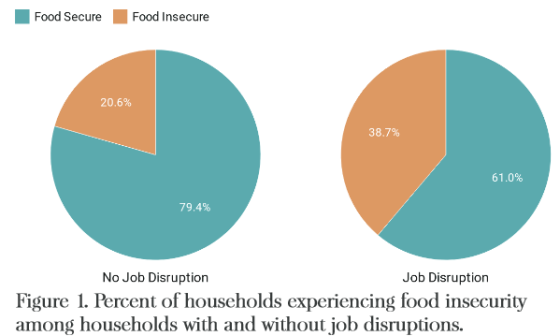The results of UVM's third survey of Vermonters about the impact of COVID-19 on food security and systems is now available. This data was collected in August and September 2020, and the attached research brief details the key results. This most recent survey of 600 Vermonters, representative on race, ethnicity and income across the state, highlight continued challenges, but also some positive outcomes.
Key findings include:
- Nearly 30% of Vermont households experienced food insecurity at some point since the pandemic - Households more likely to be food insecure include low income households, households with children, households with a job disruption, and respondents without a college degree
- 1/3 of respondent households used food assistance programs since COVID-19, an overall 18% increase in food assistance program use since before the pandemic
- Diet quality has been impacted since COVID-19
- 25% of respondents are eating fewer fruits and vegetables and 50% of households with food insecurity report eating fewer fruits and vegetables
- Concerns and challenges about food access have mostly gone down since March 2020, with the exception that Vermonters are more concerned about the cost of food (71% concerned)
- Self food reliance is increasing- 42% of respondents did some type of home food procurement (i.e. backyard livestock, foraging, fishing, gardening, hunting or preserving) since COVID-19, and many did this for the first time or more intensely this year
- Vermonters continue to help each other- the majority are wearing masks and socially distancing, while more than 40% delivered food to someone in their community

